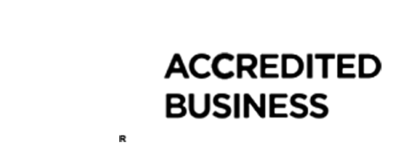“How to Get a Free Mold Inspection: Your Comprehensive Guide”
Welcome to your comprehensive guide on how to get a free mold inspection. Mold can be a silent and harmful intruder in our homes, often causing health issues and structural damage. Getting a mold inspection is crucial for identifying and mitigating any mold-related problems. But how can you get this service for free? This article will provide you with all the necessary information, tips, and tricks to help you navigate the process of obtaining a free mold inspection effectively.
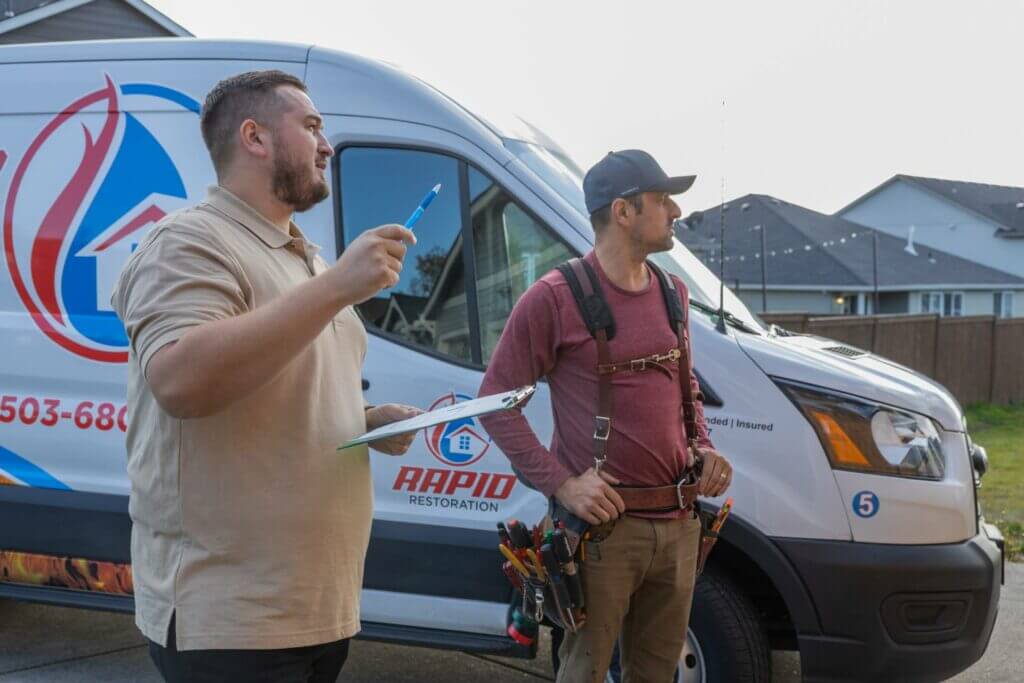

Understanding Mold Inspections
Before discussing how to obtain a free mold inspection, let’s first understand what one entails.
Mold inspections involve a thorough assessment of your property to identify any areas affected by mold growth. A certified mold inspector will examine both visible and hidden areas for signs of mold, such as dampness, discoloration, and musty odors. They may also collect samples for laboratory analysis to determine the type and concentration of mold present.
The Importance of Mold Inspections
Mold inspections play a crucial role in maintaining both the health and integrity of properties. Here’s why they’re so important:
- Health Concerns: Mold exposure is linked to a range of health issues, from respiratory problems to allergies and skin irritation. By identifying mold early through inspections, homeowners can take steps to remove it, thus reducing the risk of health problems for occupants.
- Property Damage: Mold doesn’t just affect human health; it can also wreak havoc on buildings. Mold growth can weaken structures over time, leading to costly repairs and compromises in the integrity of the property. Regular inspections help catch mold growth before it becomes extensive, preventing significant damage.
- Insurance Claims: Documentation from mold inspections can be invaluable when filing insurance claims related to mold damage. Insurance companies often require evidence of the extent of the damage and steps taken to address it. Having a professional mold inspection report can streamline the claims process and ensure fair compensation for repairs.
Mold inspections are essential preventive measures for homeowners and property managers, addressing health concerns, preventing property damage, and facilitating insurance claims.
How to Get a Free Mold Inspection
Now, let’s delve into the steps you can take to obtain a free mold inspection for your property:
Research Local Resources
Local government agencies, such as health departments or housing authorities, often provide free or subsidized mold inspections as part of their public health initiatives, mainly targeting low-income households or communities at higher risk of mold-related problems. Non-profit organizations dedicated to environmental health or housing assistance may also offer similar services, either through their programs or in collaboration with local authorities. Additionally, community initiatives, such as neighborhood associations or grassroots organizations, may organize mold inspection events or provide information on accessing affordable inspection services for residents in need.
Contact Your Insurance Provider
Homeowner’s insurance policies vary in coverage, but some insurance companies may indeed offer free mold inspections as part of their services, particularly if the mold growth is suspected due to water damage covered by the policy. However, it’s essential to review the terms and conditions of your specific insurance policy to determine if mold inspections are included and under what circumstances. If unsure, contacting your insurance provider directly can clarify any coverage questions and help you understand the available services related to mold inspections.
Seek Assistance from Health Departments
State or county health departments often offer complimentary or affordable mold inspections, particularly in regions with high instances of mold issues. By reaching out to these departments, individuals can learn about the range of services provided and determine their eligibility for assistance. Taking advantage of these resources can help address potential health hazards associated with mold and ensure a safer living environment.
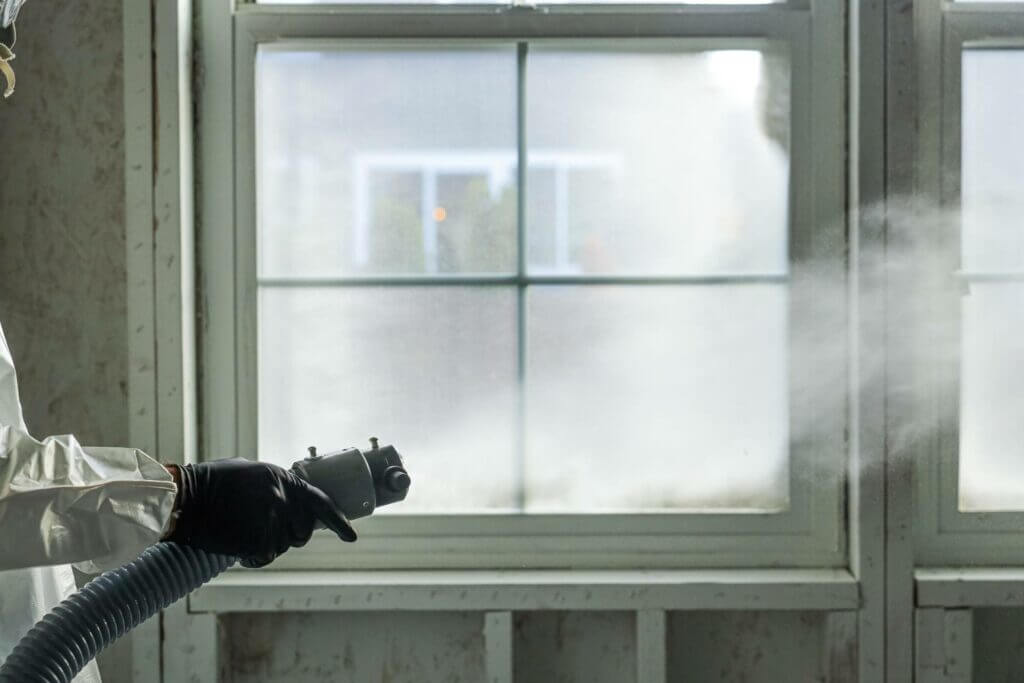

Explore Home Improvement Grants
In many regions, government housing assistance programs offer grants or assistance for home repairs, including those related to mold remediation. These programs typically have eligibility requirements based on factors like income level, home ownership status, and the severity of the issue. To apply, homeowners usually need to submit an application detailing their financial situation, the extent of the repairs needed, and any supporting documentation, such as inspection reports.
Utilize Online Promotions
Local mold remediation companies often utilize promotions or special offers as a marketing tactic to entice potential customers, sometimes including free mold inspections. While these offers can be beneficial for homeowners looking to address mold issues, it’s crucial to exercise caution and thoroughly research the company’s reputation and credentials before proceeding. Ensuring the company is reputable can help avoid potential scams or subpar services, providing peace of mind and effective mold remediation solutions.
DIY Mold Testing Kits
DIY mold testing kits offer a cost-effective means for homeowners to assess mold presence beyond relying solely on professional inspections. While they may provide a different level of comprehensive analysis, they can serve as a valuable initial step in identifying potential mold issues. Additionally, access to free or low-cost kits through environmental health agencies or community outreach programs can make mold testing more accessible to individuals seeking to safeguard their indoor environments.
Online Platforms
Websites Offering Free Inspections
Websites offering free resources for mold inspection provide homeowners with accessible tools to better understand the inspection process and identify potential mold issues within their properties. Through informative articles, detailed checklists, and virtual assessments, these platforms empower homeowners to recognize common signs of mold growth, assess the severity of the problem, and take appropriate actions to address it. By leveraging these resources, homeowners can enhance their awareness of mold-related risks, ultimately safeguarding their properties and the health of their families.
Social Media Groups and Forums
Online communities focused on home improvement and maintenance frequently engage in discussions regarding mold inspection and remediation, allowing homeowners to exchange experiences and seek guidance. While these platforms provide valuable insights and recommendations for inspectors or products, individuals must verify information and consult with professionals when necessary to ensure effective and safe mold management practices. By leveraging the collective knowledge of these communities while exercising caution and discernment, homeowners can make informed decisions to maintain a healthy living environment.
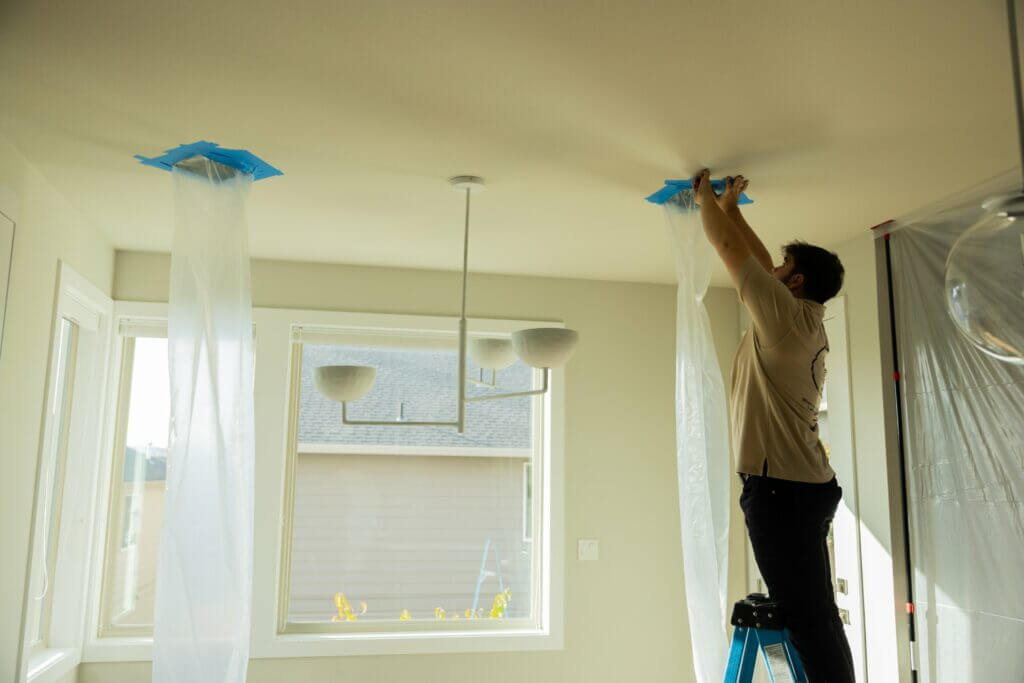

DIY Inspection Techniques
Identifying Visible Mold
Homeowners can efficiently conduct visual inspections to detect mold growth within their properties by looking for telltale signs such as discoloration, musty odors, and water stains on walls, ceilings, or floors. Spaces with elevated humidity levels or a history of water damage are especially prone to mold proliferation, making them critical areas for inspection. Identifying these signs early allows for prompt remediation measures to prevent further spread and potential health hazards associated with mold infestation.
Conducting Basic Moisture Checks
Moisture is a key catalyst for mold proliferation in households. To gauge moisture levels, homeowners can employ moisture meters or resort to basic do-it-yourself techniques such as draping plastic sheeting over areas prone to dampness. Consistently monitoring for leaks, addressing plumbing problems in a timely manner, and ensuring adequate ventilation are crucial practices in thwarting the onset of mold formation.
Utilizing Home Insurance Policies
Reviewing Coverage Options
Home insurance policies often offer coverage for mold damage in specific situations, but policyholders must examine their coverage options thoroughly. Understanding the scope of mold-related damage included in the policy and any associated limitations or exclusions is essential. Additionally, some policies may necessitate additional endorsements to provide comprehensive mold coverage, highlighting the importance of reviewing policy details carefully.
Contacting Insurance Providers
In the event of mold damage, homeowners should contact their insurance providers as soon as possible to initiate the claims process. Insurance companies can guide you on filing a claim, documenting the damage, and coordinating inspections and repairs with approved contractors. Prompt action can help expedite the resolution of mold-related claims.
Promotional Offers and Discounts
Local Businesses and Service Providers
Local mold inspection and remediation companies may offer promotional offers and discounts to attract customers. These promotions may include discounted inspection fees, package deals for inspection and remediation services, or seasonal discounts during off-peak months.
Seasonal Promotions
Some businesses may offer seasonal promotions or discounts for mold inspection services. For example, companies may offer discounts for inspections conducted during the winter months when indoor humidity levels are typically higher. Homeowners should inquire about any available promotions when scheduling inspections to take advantage of potential savings.
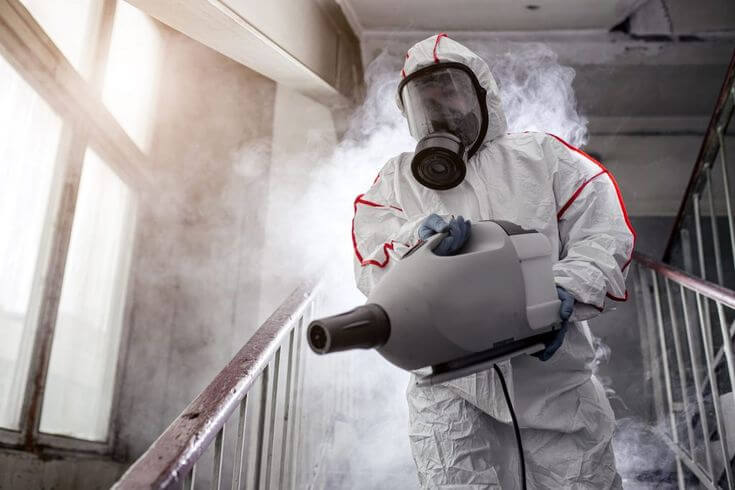

FAQs (Frequently Asked Questions)
How long does a mold inspection take?
A typical mold inspection can take anywhere from one to three hours, depending on the size and complexity of the property.
Does the homeowner’s insurance cover mold inspection?
In some cases, yes. However, coverage may vary depending on your policy and the cause of the mold growth. It’s best to consult with your insurance provider for specific details.
Can I remove the mold myself?
While minor mold issues can be addressed with DIY methods, extensive or toxic mold growth should be handled by trained professionals to ensure safe and effective remediation.
What are the signs of mold growth?
Common signs of mold growth include musty odors, visible mold patches on walls or ceilings, water stains, and allergic reactions such as coughing or sneezing.
Are mold inspections necessary for rental properties?
Yes, landlords are responsible for maintaining safe and habitable living conditions, which may include conducting mold inspections and remediation as needed.
How often should I schedule a mold inspection?
Regular mold inspections are recommended, especially in high-humidity areas or properties with a history of moisture issues. A good rule of thumb is to do them annually or biannually.
Conclusion
By conducting thorough research and tapping into available resources, individuals can successfully obtain a complimentary mold inspection, ensuring both their health and property are protected from the dangers posed by mold. Following the step-by-step guidelines outlined in this guide empowers individuals to take proactive measures in mold prevention, thereby mitigating potential risks and preserving the integrity of their living spaces. It’s crucial to prioritize safety throughout the process and enlist the expertise of professionals when needed to address any mold-related concerns effectively.

